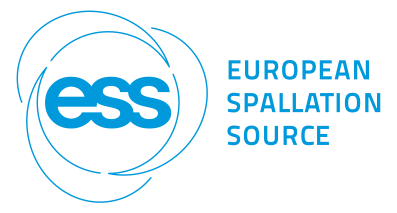Description
The applicability of inelastic neutron scattering is limited by inherently weak signals.
Mapping significant portions of (Q, ω)-space can take days, making parametric studies as a
function of temperature, pressure, and magnetic field essentially impossible. The triple-axis
community has addressed this limitation by improving the efficiency of triple-axis
spectrometers through the construction of multiplexing analyzer arrays, which cover large
intervals of scattering angles in the horizontal plane. Examples include CAMEA (PSI) and
MACS (NIST). In contrast, direct spectrometers provide large coverage but suffer from even
lower flux.
BIFROST, currently under construction at ESS, employs a CAMEA-like multiplexing
backend on an indirect geometry time-of-flight (ToF) front end. The primary spectrometer
enables an unprecedented polychromatic sample flux of 6·109 n/s/cm2 at 2 MW accelerator
power, with a bandwidth of 1.7 Å, whilst retaining a primary spectrometer resolution ΔEi/Ei
of 4 %, common in cold neutron spectroscopy. The multiplexing backend consists of 9
Q-channels, each covering 5.2° and containing 5 fixed analyzers probing a scattered neutron
energy range of 2.7 to 5.0 meV. The analyzers utilize the graphite crystal mosaicity combined
with position sensitive neutron detectors, resulting in a back-end resolution considerably
better than on a classical TAS setup.
We here present extensive McStas simulations of BIFROST and its energy resolution in different
operation modes. We show that it is possible to obtain excellent energy resolution even
in deep inelastic scattering where we at 10 meV energy transfer find a resolution of approx.
30 μeV and we illustrate this by a complete virtual phonon experiment.
